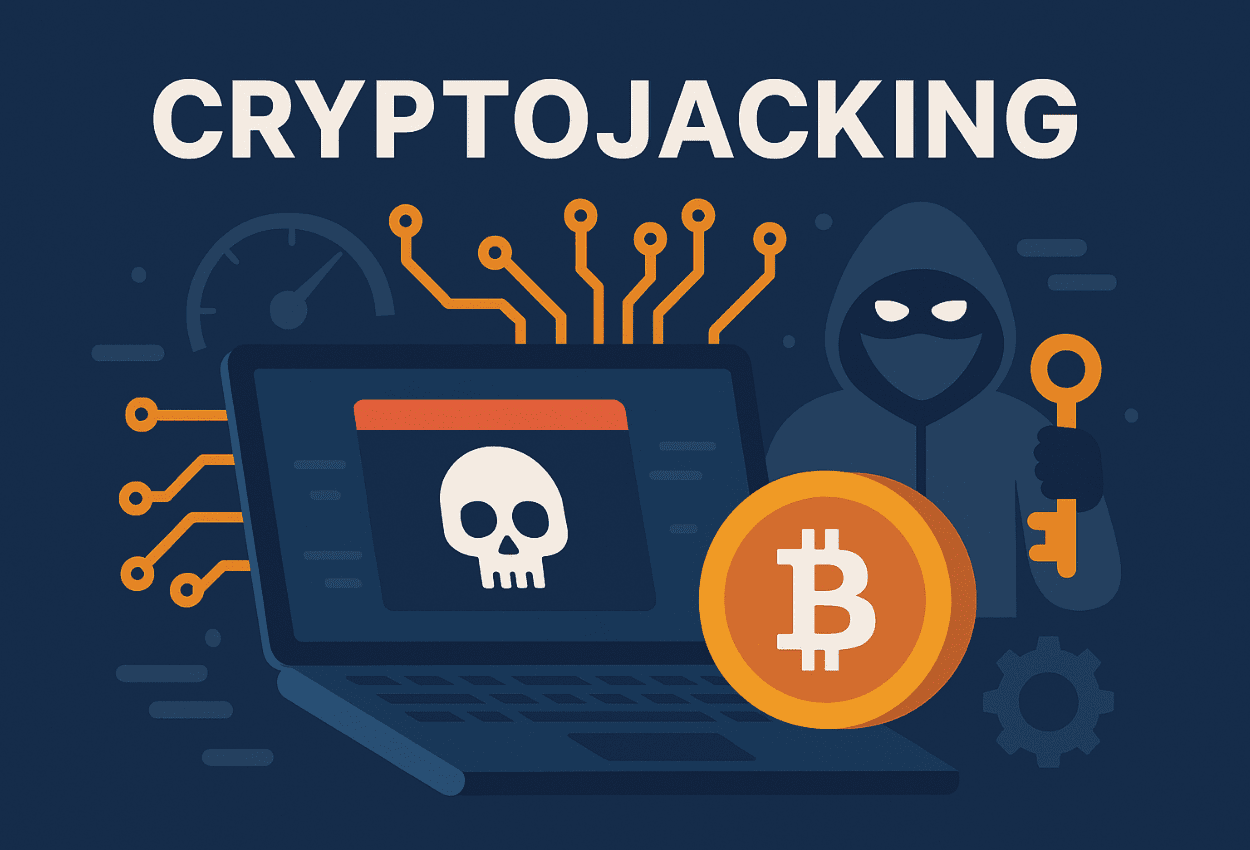As a business owner, you must be aware of the various threats to your business. One of the most significant dangers is cyber threats. Cybersecurity risks have become more common than ever, and businesses of all sizes are at risk of falling prey to these threats. That’s where cybersecurity risk management comes in. The impact of cybersecurity threats on your business can be highly detrimental, ranging from financial losses to reputational damage. Therefore, you must take measures to improve your cyber security risk management by avoiding these top 5 cybersecurity risks.

What is Cybersecurity Risk Management?
Cybersecurity risk management is the process of identifying, assessing, prioritizing, and mitigating risks associated with information systems and digital assets. The goal of this process is to protect information and its supporting infrastructure from threats while ensuring business continuity and minimizing damage in the event of a cybersecurity breach. Cybersecurity risk management involves several steps and principles:
- Risk Identification: This is the first step, where organizations determine potential threats and vulnerabilities in their information systems. Threats could include hackers, malware, insider threats, or natural disasters, while vulnerabilities might be weaknesses in software, hardware, or business processes.
- Risk Assessment: Once threats and vulnerabilities have been identified, an organization evaluates the potential impact and likelihood of each risk. This can be done qualitatively (low, medium, high) or quantitatively (using metrics like financial impact or downtime). Get a FREE risk assessment from Kirkham Irontech.
- Risk Prioritization: Based on the assessment, risks are prioritized. Those that are most likely to occur and have the highest potential impact will generally receive the highest priority.
- Risk Treatment/Response: This step involves deciding how to address each risk. Common strategies include:
- Risk Acceptance: Acknowledging the risk and accepting potential consequences without additional measures.
- Risk Avoidance: Changing business processes or avoiding certain technologies to eliminate the risk.
- Risk Mitigation: Implementing controls to reduce the likelihood or impact of the risk. This could involve deploying firewalls, implementing multi-factor authentication, or conducting regular security training for staff.
- Risk Transfer: Passing the risk to a third party, often through insurance or outsourcing.
- Monitoring and Review: Continuously monitor the environment for changes that might affect the risk landscape. Regularly review and update the risk management plan to ensure it remains relevant and effective.
- Communication and Reporting: Keeping stakeholders informed about the organization’s risk posture, the steps taken to manage risks, and any relevant incidents that occur.
Improve Your Cybersecurity Risk Management by Avoiding the Top 5 Cybersecurity Risks
1. Phishing Attacks
Phishing attacks are among the most common types of cyber-attacks, and hence, they pose a significant threat to your business. In a phishing attack, an attacker crafts an email or message that appears legitimate, but in reality, it contains malicious links or attachments that can lead to malware infections. To prevent phishing, you must educate your employees on how to identify and report suspicious emails or messages.
2. Ransomware
Ransomware is malicious software that encrypts your business data and holds it for ransom. Ransomware attacks are becoming more sophisticated, and they can cause severe damage to your business if you fall victim. One effective way to mitigate this risk is by implementing a robust backup strategy. Ensure that you regularly backup your business data and store it in an offsite, secure location.
3. Weak Passwords
Weak passwords are a threat vector that attackers can leverage to access your business assets. As such, you must encourage your employees to use strong passwords and implement multi-factor authentication (MFA). MFA adds an extra layer of protection to your business assets by requiring an additional authentication step, such as a fingerprint scan, in addition to a password.
4. Unpatched Software
Software vulnerabilities are a significant risk to your business, and attackers often exploit these vulnerabilities to gain unauthorized access. To reduce this risk, ensure that you regularly update your software and patch any vulnerabilities that are detected. Delaying software updates can leave your business exposed to attacks.
5. Human Error
Human error is often cited as the biggest risk to an organization’s cybersecurity. Despite advances in technology and security measures, the human element remains the most unpredictable and susceptible to mistakes. Simple errors such as clicking on a malicious link, using weak passwords, or accidentally sharing sensitive information can have significant consequences. These mistakes can lead to data breaches, financial loss, and damage to a company’s reputation. Therefore, it’s crucial to invest in regular training and awareness programs to educate employees about potential cyber threats and how to avoid them.

Wrapping Up – How to Improve Cybersecurity Risk Management
Cybersecurity risks are a constant threat to your business, and it is vital to take appropriate measures to protect your business from these risks. By implementing policies and procedures, educating your employees, and investing in cybersecurity solutions, you can reduce the risk of cyber-attacks and safeguard your business’s data and reputation. Remember, cybersecurity is an ongoing process, and you must remain vigilant to stay ahead of emerging threats.
One of the most effective steps you can take to protect your business from the top cybersecurity risks is to schedule a security and risk assessment. This process involves a thorough analysis of your systems, identifying potential vulnerabilities, and implementing measures to mitigate these risks.
Our team of experts will provide you with actionable insights and recommendations tailored to your specific needs. By conducting regular assessments, you’ll not only strengthen your defenses but also ensure that your organization meets industry standards and regulations. Don’t wait until a cyber threat strikes. Be proactive in safeguarding your business by scheduling a security and risk assessment today.

 Tom Kirkham brings more than three decades of software design, network administration, and cybersecurity knowledge to organizations around the country. During his career, Tom has received multiple software design awards and founded other acclaimed technology businesses.
Tom Kirkham brings more than three decades of software design, network administration, and cybersecurity knowledge to organizations around the country. During his career, Tom has received multiple software design awards and founded other acclaimed technology businesses.
